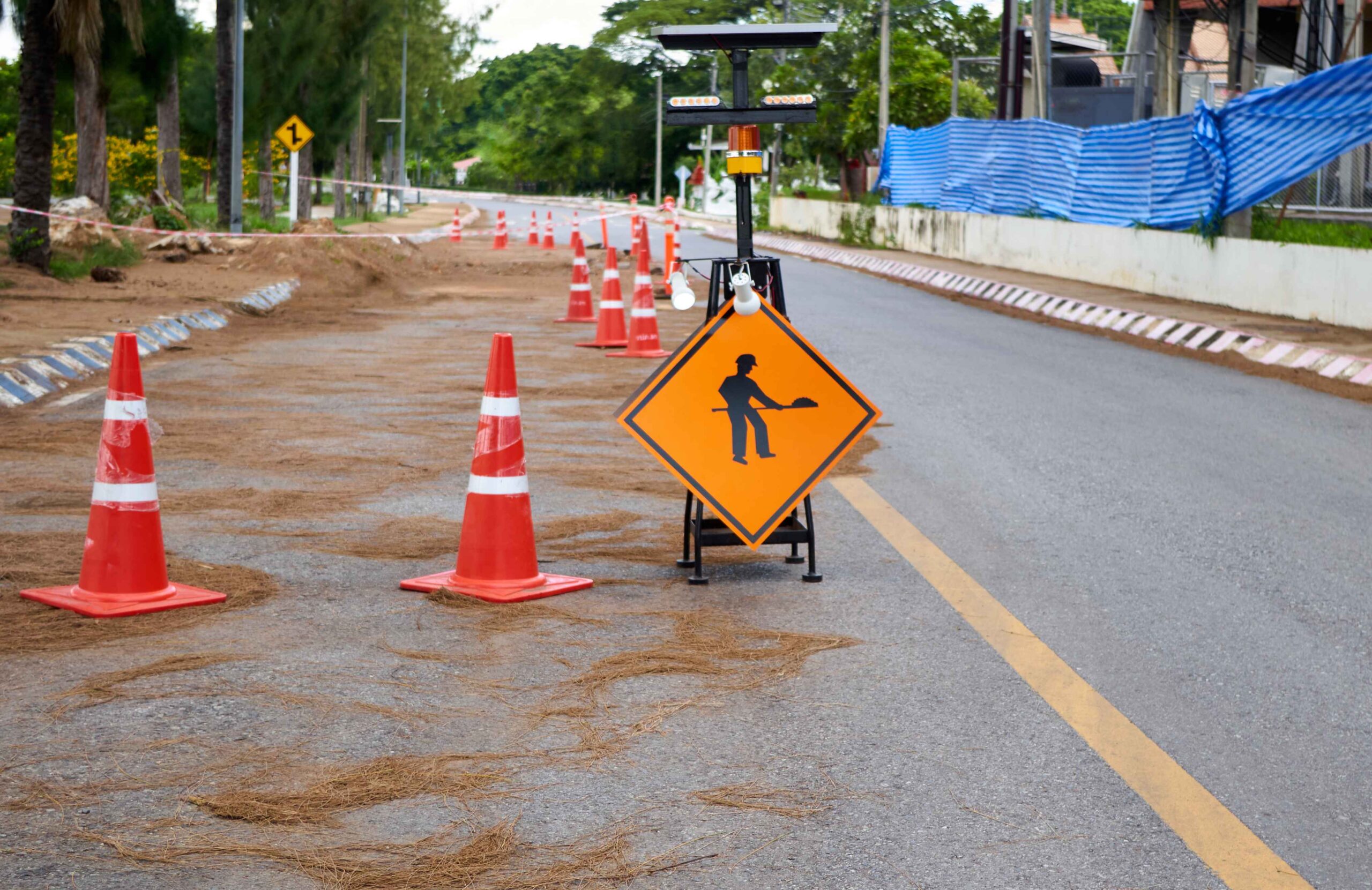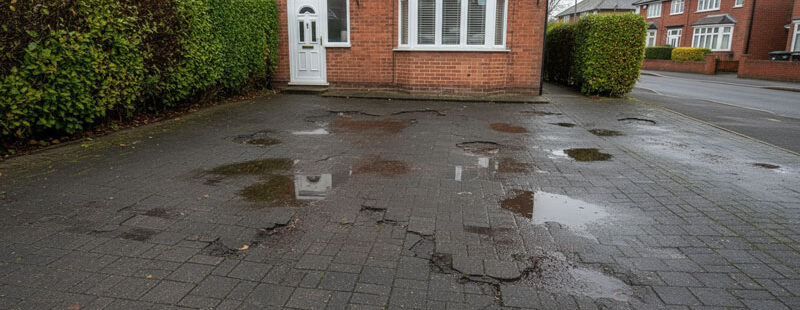
- min min
- No Comments
- November 19, 2025
Common Road Surfacing Techniques & Materials Explained
Road surfacing might seem technical, but understanding the basics can help property owners, developers and facility managers make smarter decisions. Whether you’re maintaining a residential driveway, a commercial car park or an access road, the method and material you choose have a major impact on durability, performance and long-term cost. This guide breaks down the most common surfacing techniques and the materials behind them — in simple, practical terms.
1. What Does Road Resurfacing Actually Mean?
Resurfacing is the process of restoring the top layer of a road, driveway or paved area. Instead of rebuilding from scratch, contractors apply a new surface to improve safety, appearance and structural integrity. It’s one of the most cost-effective ways to extend pavement life without major disruption.
The goal is always the same:
- Improve surface strength
- Enhance skid resistance
- Restore smoothness
- Protect the layers underneath
Different techniques are used depending on the condition of the existing surface, the traffic load and the expected lifespan.
2. Most Common Road Surfacing Techniques
a) Asphalt Overlay
Overlaying is one of the most widely used methods. A new layer of asphalt is applied directly over the existing surface after minor repairs and cleaning.
Best for: roads, private estates, car parks, commercial spaces
Benefits: cost-effective, fast installation, excellent finish, improved grip
It’s ideal when the underlying structure is still strong but the surface has worn down.
b) Surface Dressing (Chip Seal)
This technique involves spraying hot bitumen binder onto the road and spreading stone chippings over it. The chippings are rolled in to lock them firmly in place.
Best for: rural roads, low-to-medium traffic routes
Benefits: seals cracks, prevents water penetration, restores skid resistance
It’s budget-friendly and offers good weather protection.
c) Micro-Surfacing / Slurry Seal
A thin mixture of polymer-modified bitumen, fine aggregates and additives is applied across the surface.
Best for: urban roads, car parks, cycle lanes
Benefits: fast-setting, smooth finish, improves skid resistance
It’s excellent for preventative maintenance before major defects appear.
d) Milling & Resurfacing
In this method, the upper layer of the old surface is milled (removed) before new asphalt is laid.
Best for: heavily worn or uneven surfaces
Benefits: corrects drainage issues, removes deep cracks, creates a strong base for new asphalt
This is ideal when simple overlays won’t solve the underlying problems.
e) Full-Depth Reconstruction
When the base layers have failed, a complete rebuild is required.
Best for: roads with severe structural failure
Benefits: long-term durability, complete restoration
Although more expensive, it ensures the strength and safety of the entire pavement.
3. Choosing the Right Surfacing Material
Asphalt
The most popular surfacing material due to its flexibility and strength.
Pros: durable, smooth, quick to install, easy to repair
Best for: roads, car parks, commercial and residential spaces
Concrete
Known for extremely long life and rigidity.
Pros: resistant to heavy loads, low maintenance
Best for: industrial yards, loading bays, heavy-duty access roads
Bitumen Macadam (Bitmac)
A mix of bitumen and aggregate commonly used for driveways and footpaths.
Pros: good grip, weather resistant, versatile
Stone Mastic Asphalt (SMA)
A premium, high-strength mixture that includes fibres and high-quality aggregate.
Pros: excellent load-bearing capacity, long life, reduced deformation
Best for: high-traffic areas, commercial estates, bus routes
Recycled Asphalt Products (RAP)
A sustainable option using reclaimed materials.
Pros: eco-friendly, cost-effective
Best for: large resurfacing projects with environmental goals
4. How to Choose the Best Technique for Your Project
Selecting the right method depends on three key factors:
1. Road or Site Condition
- Minor cracks: surface dressing
- Worn surface but solid base: overlay
- Uneven or cracked structure: milling & resurfacing
- Severe foundational damage: full reconstruction
2. Traffic Load
Light vehicles need different materials than sites exposed to lorries, buses or heavy equipment.
3. Budget & Lifespan Goals
Some techniques offer quick, affordable results, while others provide long-term durability.
A professional assessment helps determine the best balance between performance and cost.
5. Trusting the Experts Makes All the Difference
Surfacing is highly technical — using the wrong material or method can lead to premature failure and costly repairs. Working with an experienced contractor ensures correct installation, proper drainage, material compatibility and a finish that lasts.
For property owners and businesses across Hertfordshire, East Herts Surfacing provides reliable, high-quality surfacing solutions backed by years of hands-on expertise. If you’re planning a resurfacing project or want advice tailored to your site, you can explore their services through the East Herts Surfacing website at easthertssurfacing.co.uk.
Final Thoughts
Understanding surfacing techniques and materials helps you choose solutions that match your site’s condition, usage and long-term goals. With the right approach and the right contractor, you can achieve a durable, safe and cost-efficient surface that performs for years.





